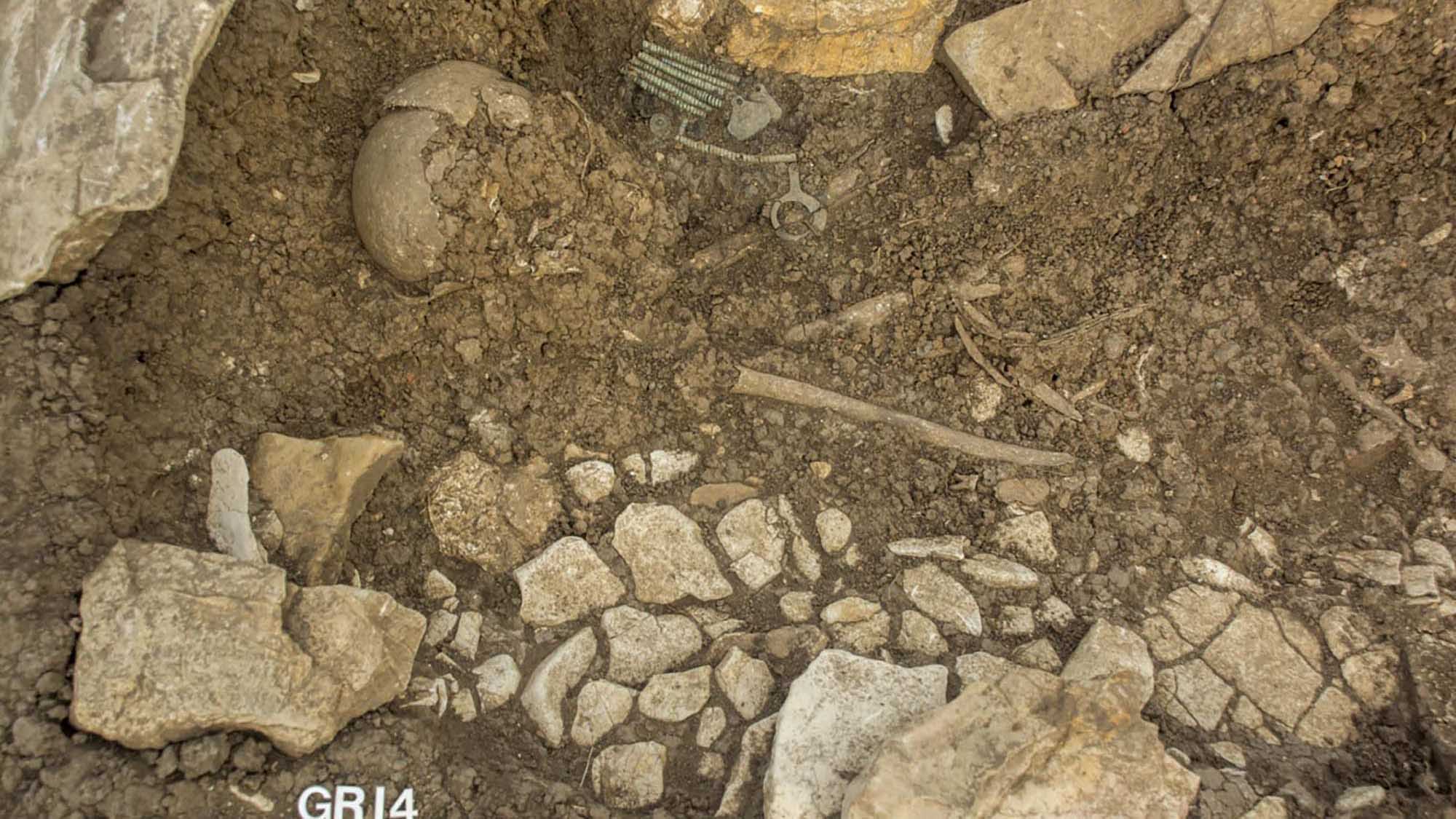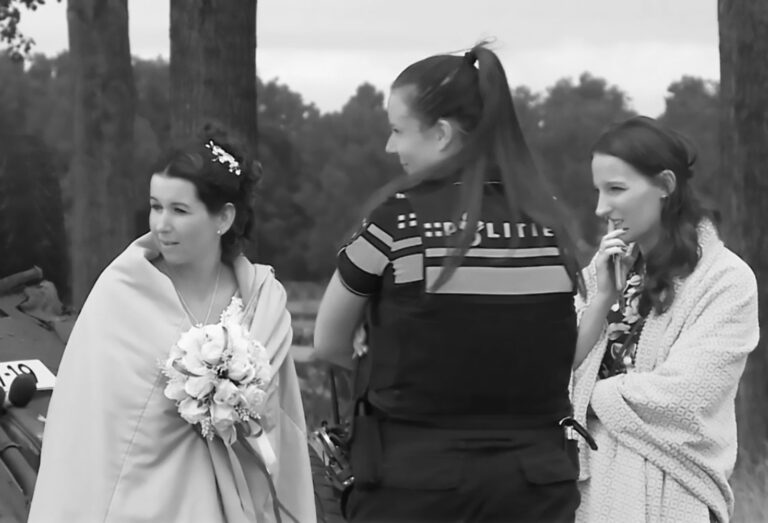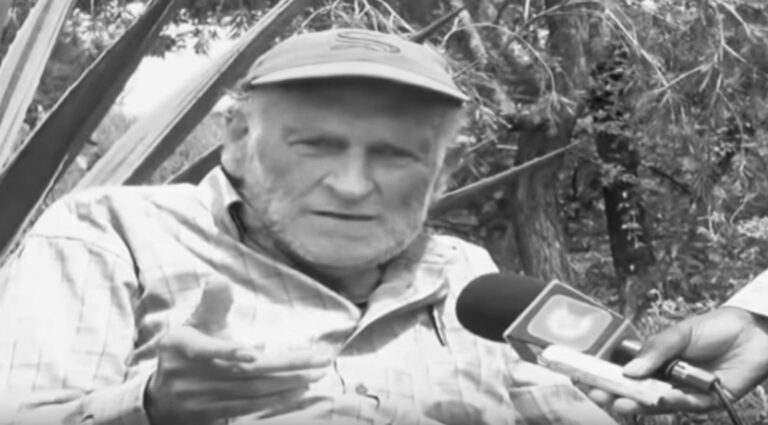A necropolis found in Bosnia and Herzegovina has revealed a high mortality rate in the prehistoric period after archaeologists discovered 46 graves and 53 individuals from the Bronze and Iron Ages.
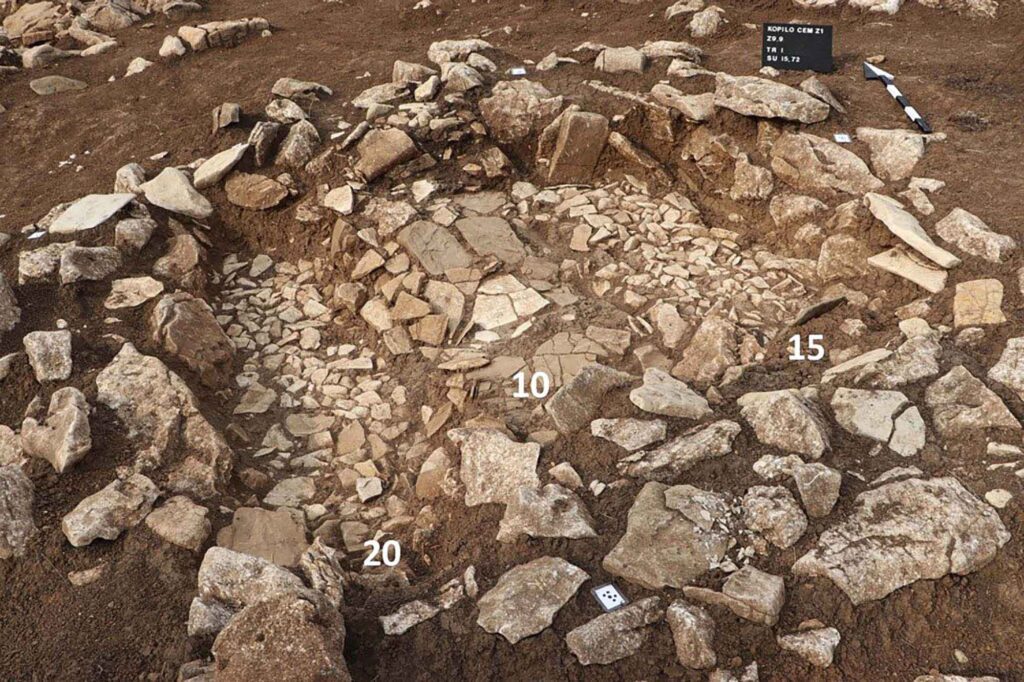
Human remains from the Kopilo Cemetery – discovered by archaeologists from the Austrian Academy of Sciences (OeAW) and from Bosnia and Herzegovina – showed that the dead in the region were buried and not cremated like in the rest of Europe in the Bronze and Iron Ages.
Kopilo, which is considered to be region’s first and so far only burial ground from the Bronze and Iron Ages and dates back to 1,300 BC, is located about 70 kilometres (43 miles) west of the country’s capital, Sarajevo.
The excavation team managed to systematically explore the entire terrace of the burial ground in August 2022, one year after uncovering the first graves on the hilltop settlement.
OeAW told Newsflash in a statement: “The construction of the graves used was completely unknown: they were built of stone, often enclosed by an outer ring and each contained two to five graves.
“The burial ground was continuously occupied from the 11th to the 5th century BC.”

The archaeologists unearthed a total of 46 graves with over 50 individuals of all ages – all buried a sleeping position – with their legs and arms slightly bent.
In addition, a small vessel could be spotted next to their heads, and was reportedly intended for the afterlife, along with bronze jewellery, iron weapons and glass beads.
Female tombs yielded significantly more burial gifts with different types of accessories, including metal finds that provided proof of communication with other more distant areas along the lower Danube river and in Macedonia.
Children were regarded as valuable members of the community, but were disproportionally represented, indicating a high mortality rate.
DNA analyses of the prehistoric skeletons hope to provide the researchers with a unique insight in the ancient locals’ kinship relationships, nutrition and mobility.
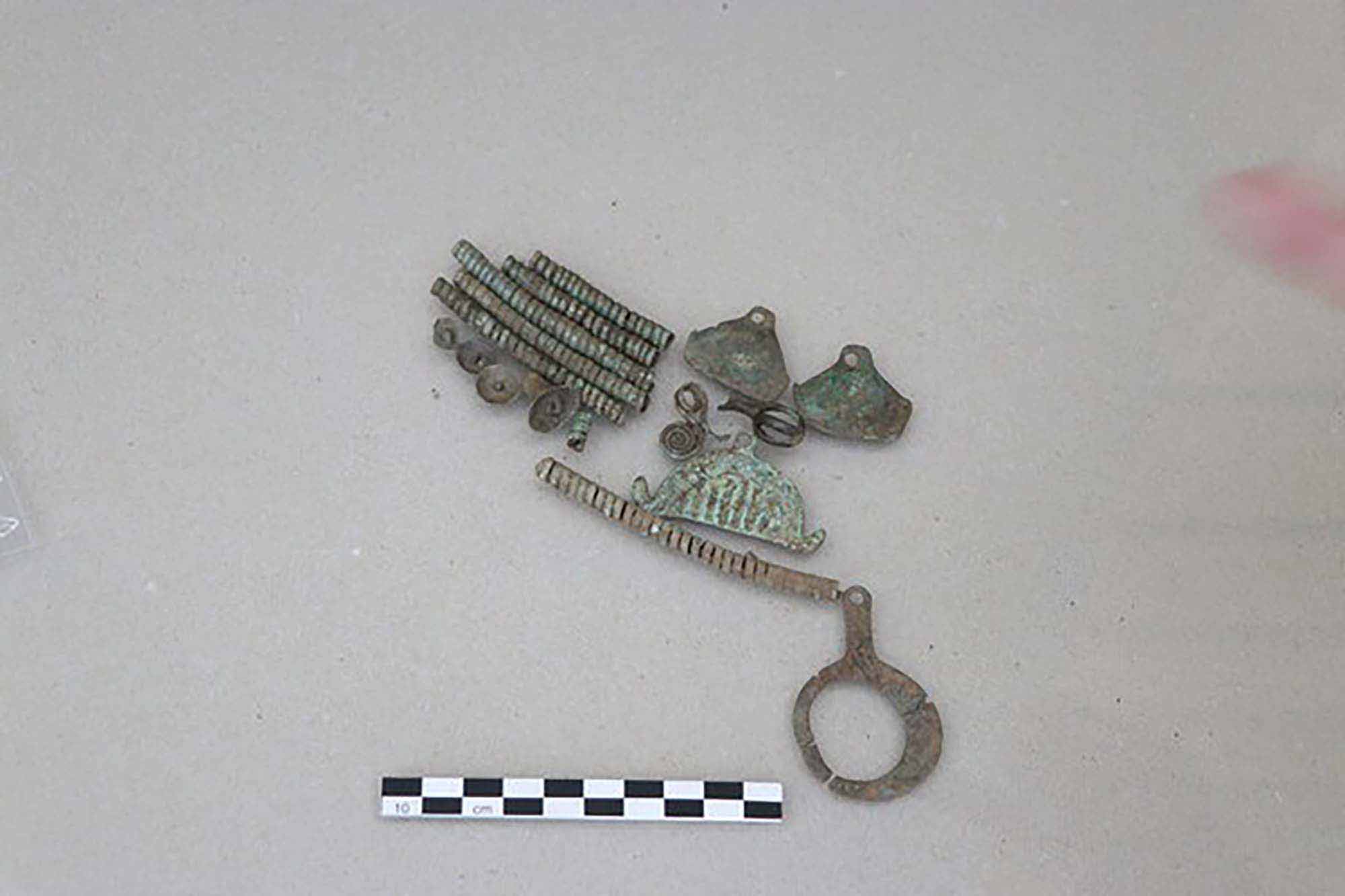
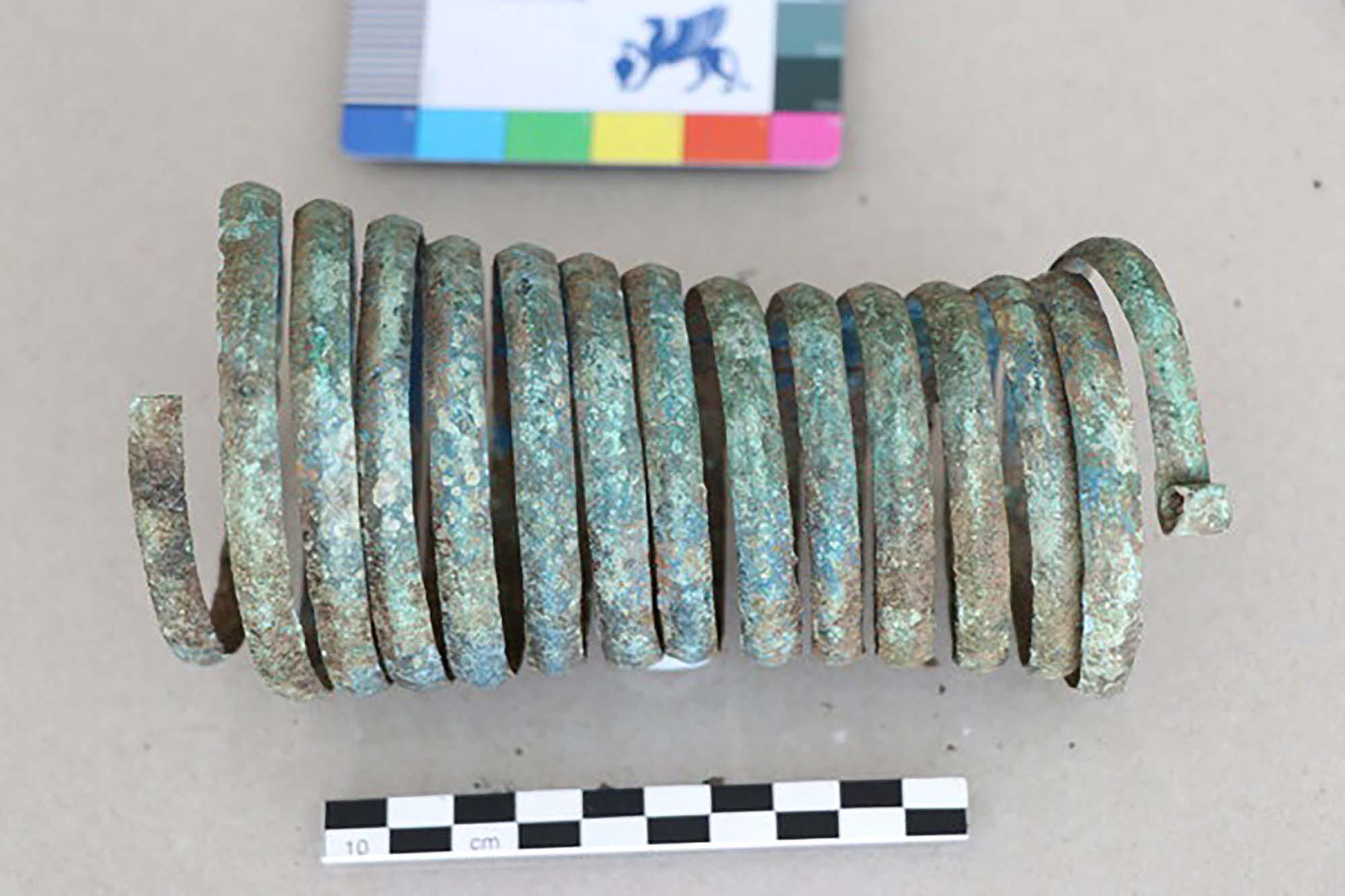
To find out more about the author, editor or agency that supplied this story – please click below.
Story By: Georgina Jadikovska, Sub-Editor: William McGee, Agency: Newsflash
The Ananova page is created by and dedicated to professional, independent freelance journalists. It is a place for us to showcase our work. When our news is sold to our media partners, we will include the link here.

